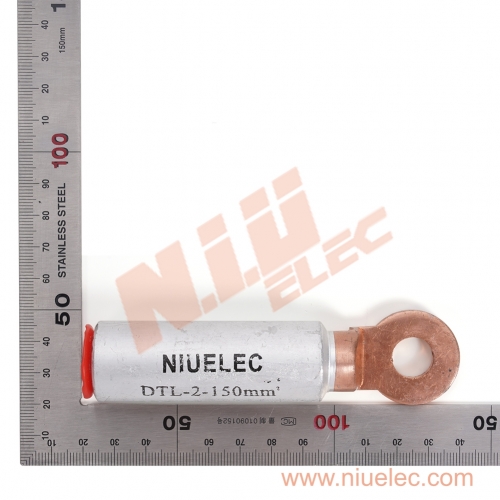Understanding the Versatility of Bimetallic Lugs and Connectors
Introduction to Bimetallic Technology in Electrical Components
In the constantly evolving field of electrical engineering, the materials and technologies used to ensure efficient and safe power distribution are paramount. Among these innovations, bimetallic lugs and connectors stand out for their unique properties and versatile applications. These components are designed to connect dissimilar metals, typically aluminum and copper, which is often necessary due to the different electrical installations and equipment used in various industries. By leveraging the strengths of both metals, bimetallic lugs and connectors provide an effective solution to the challenges posed by thermal expansion and galvanic corrosion, which can compromise the integrity and performance of electrical systems.
Introduction to Bimetallic Technology in Electrical Components
Key Advantages of Bimetallic Lugs and Connectors
Industry Applications and Real-World Examples
Best Practices for Installation and Maintenance
Innovations and Future Developments in Bimetallic Technology
Key Advantages of Bimetallic Lugs and Connectors
The primary advantage of bimetallic lugs and connectors lies in their ability to mitigate the issues arising from connecting different metals. When aluminum and copper are joined directly, the difference in their electrochemical potentials can lead to galvanic corrosion, especially in the presence of an electrolyte. Bimetallic connectors address this problem by using a friction-welded process to bond the two metals, creating a stable and reliable connection. This ensures that the electrical conductivity remains high while preventing corrosion and other long-term degradation issues. Additionally, bimetallic lugs and connectors offer excellent thermal stability, accommodating the different expansion rates of aluminum and copper under varying temperatures. This reduces the risk of loose connections and enhances the overall safety and durability of the electrical system.
Industry Applications and Real-World Examples
Bimetallic lugs and connectors are widely used across several industries due to their reliability and efficiency. In the power distribution sector, these components are essential for connecting overhead aluminum conductors to copper busbars, ensuring a stable and corrosion-free connection. The telecommunications industry also benefits from bimetallic technology, particularly in scenarios where copper and aluminum cables need to be joined. Additionally, renewable energy projects, such as solar and wind farms, often rely on bimetallic lugs and connectors to manage the diverse range of materials used in their electrical infrastructure. Real-world examples include their use in large-scale substations and industrial power plants, where they help maintain high performance and safety standards.

Best Practices for Installation and Maintenance
To maximize the effectiveness and longevity of bimetallic lugs and connectors, it is crucial to follow best practices during installation and maintenance. Firstly, ensure that the contact surfaces are clean and free from oxidation or contaminants, as this can affect the quality of the connection. Use appropriate crimping tools and techniques to achieve a secure and uniform crimp, preventing any potential points of failure. Regular inspections should be conducted to monitor the condition of the connections and to detect any signs of wear or corrosion early on. Applying an antioxidant compound during installation can further enhance the connection's durability by preventing oxidation. Properly torquing the bolts and ensuring that there is no excessive mechanical stress on the connections will also contribute to their reliability.
Innovations and Future Developments in Bimetallic Technology
The future of bimetallic technology in electrical components looks promising, with ongoing research and development aimed at improving their performance and expanding their applications. Innovations in material science are leading to the creation of more advanced alloys and improved bonding techniques, resulting in even more reliable and efficient bimetallic connectors. The integration of smart technologies, such as sensors and monitoring systems, is also being explored to provide real-time data on the condition of the connections, enabling predictive maintenance and reducing downtime. As industries continue to demand higher efficiency and reliability from their electrical systems, the role of bimetallic lugs and connectors is set to become even more critical.
In conclusion, bimetallic lugs and connectors play a vital role in modern electrical systems by providing a reliable solution for joining dissimilar metals. Their ability to prevent galvanic corrosion and accommodate thermal expansion makes them indispensable across various industries. By adhering to best practices for installation and maintenance, and staying abreast of technological advancements, businesses can ensure the longevity and performance of their electrical infrastructure. For more detailed information on specific products, such as the DTL-2 Cable Bimetallic Lug, visit NiuElec.